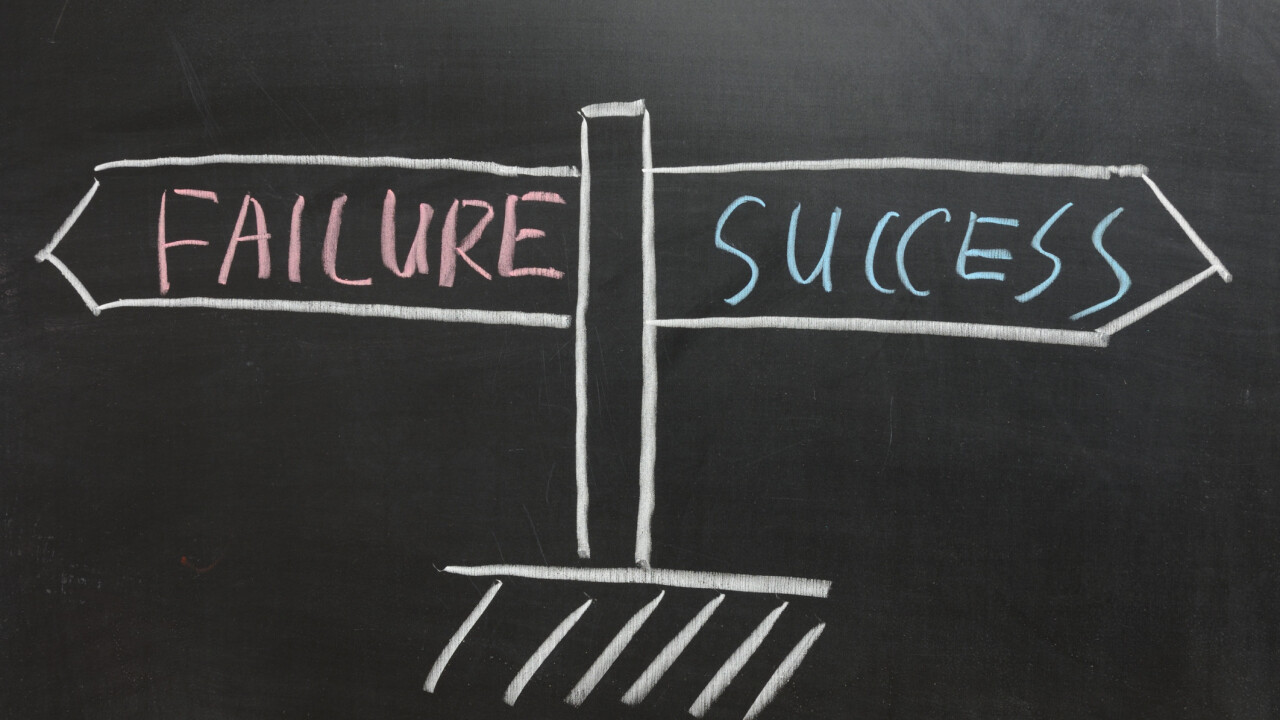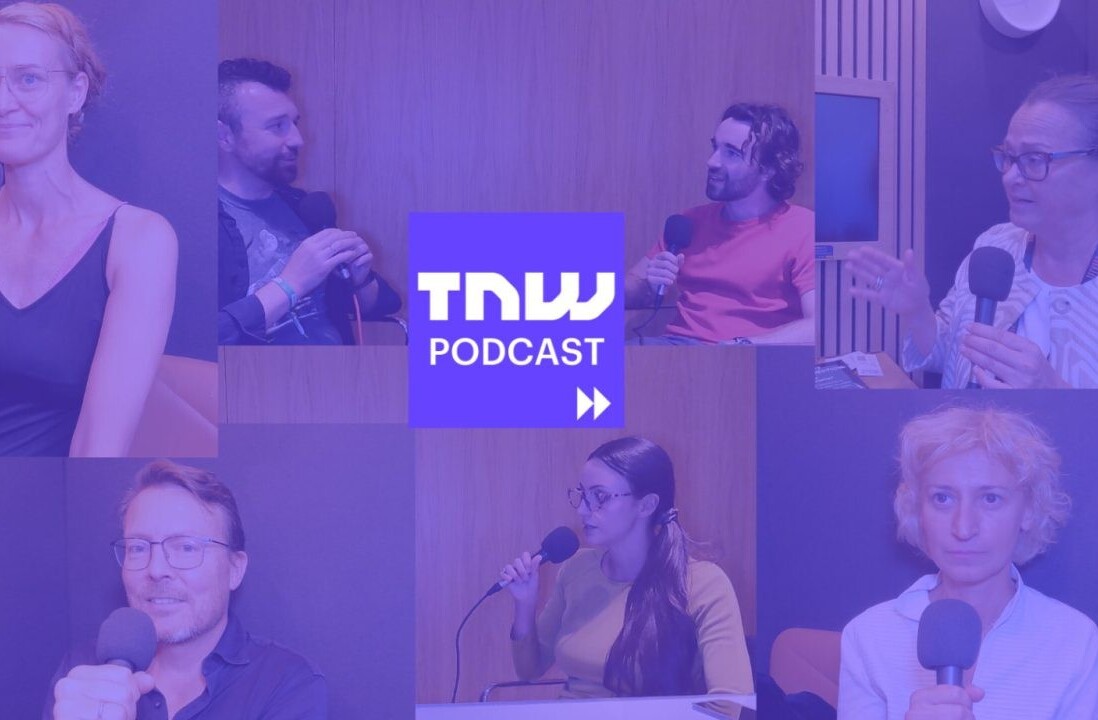
James Kenigsberg is the Chief Technology Officer and a founding team member at 2U, an educational technology company that partners with universities to offer online degree programs.
The most amazing outcomes start as lofty ambitions. The idea of changing someone’s perspective — or even life — is a notion that many of us aspire to in building our career path.
Early in my career, I knew I wanted to leverage technology to impact education. It quickly became clear to me that my ability to impact a significant population of students and educators was limited by the lack of scale inherent in a typical on-campus classroom.
I realized that great technology platforms could enable a high-quality educational experience for thousands of students and match the rigor of the on-campus classroom.
Innovative technology helps us serve our world more effectively, and businesses have the potential to develop and deploy these solutions. Constructing software to make your vision a reality can be incredibly rewarding but also quite challenging.
Here are a few pieces of advice for building well-loved software-as-a-service (SaaS) platforms that have helped me and my team realize our ambitions.
Create accessible technology
If you are considering developing a vertical SaaS, it is your responsibility to communicate the technology’s robust benefits in a way that’s accessible to your potential customers. In other words, keep it simple.
To make the online experience appealing for students with varying degrees of technical ability, we strived to build a technology stack with the elegance of a luxury timepiece. We keep all user features on the face easy to access and understand while the clockwork SaaS infrastructure supporting those capabilities operates out of view.
By doing so, we demystify the online education experience and use our technology to empower the students enrolled in our partner programs.
Build the technology to suit your customer
Any SaaS platform has to be reliable, secure, scalable, and flexible. Perhaps most importantly, your customers have to love using it. Your guiding principle should be aligning your technology stack to your business goals and your customers’ needs, which makes it easy to decide what tools and features are most valuable.
2U is a cloud-based shop. For us, this means using best of breed cloud hosted services like Adobe Connect and Kaltura, taking advantage of the best open source applications that run the Internet like Apache and MongoDB, and building our own proprietary cloud-hosted tools when appropriate on great platforms like Amazon Web Services and Salesforce.com.
In creating our proprietary platform, we were also able to utilize a long list of open-source technologies, including Moodle, Flask, and AngularJS and backend technologies for automation, such as Puppet, Jenkins, and Fabric.
We took this approach to ensure our stack was adaptable to the needs of our customers.
Build for the future
When building a SaaS platform around your customers’ needs, you must also make sure you create a framework that can adapt to meet future challenges.
Similarly, you need to find people with the ability to think in the abstract, climb to a 5,000-foot view, and ask long-term questions such as “Are we planning for scenarios X, Y, or Z? Can these tools we’ve created offer solutions to the other problems we’ll encounter throughout the life cycle of our business? Will these tools help keep our business competitive if our industry is disrupted in the future?”
You need a talented and diverse team that can create forward-thinking solutions and continue to improve your technology stack. Your team should include project managers with a deep knowledge of application stacks, software developers who can think abstractly to build flexible frameworks, and engineers who understand the value of automation to development velocity.
Your team members need to have a nuanced understanding of your business goals and a passion for great outcomes.
Validation, iteration, and innovation
Once your all-star team builds your platform, it isn’t over. An innovator’s job is never done. When you achieve success with a great vertical SaaS, it is more important than ever to listen to the voice of your customers, pay close attention to your data, and learn from the trends you observe.
This data will validate your hits, provide a warning system to predict your misses, and give you the time you need to pivot if necessary. Each of your innovations will undergo this cycle, and your team’s ability to adapt will determine your future success.
 For us, a great example of this cycle of innovation started with the observation a few years ago that our students were increasingly visiting our online campus from mobile Web browsers. We realized we had to move aggressively to develop native mobile apps to meet our users’ needs in any location.
For us, a great example of this cycle of innovation started with the observation a few years ago that our students were increasingly visiting our online campus from mobile Web browsers. We realized we had to move aggressively to develop native mobile apps to meet our users’ needs in any location.
Then we observed from data generated by our native mobile apps that customers didn’t always have stable Internet connections when using mobile devices, so we developed a Mobile Offline Mode that enabled our students to take large portions of their curriculum with them wherever they wanted to learn and didn’t have the required Internet connectivity.
Incorporating new technology can be intimidating, but the potential benefits for you and your audience can be incredible.
My experience with education technology opened my eyes to key strategies for implementing a SaaS platform that’s agile and scalable. With an accessible, customer-driven platform, a motivated and knowledgeable team, and innovative ideas, you construct an effective SaaS. Your ambitions guide your future — make certain your technology can fulfill those goals.
Get the TNW newsletter
Get the most important tech news in your inbox each week.





